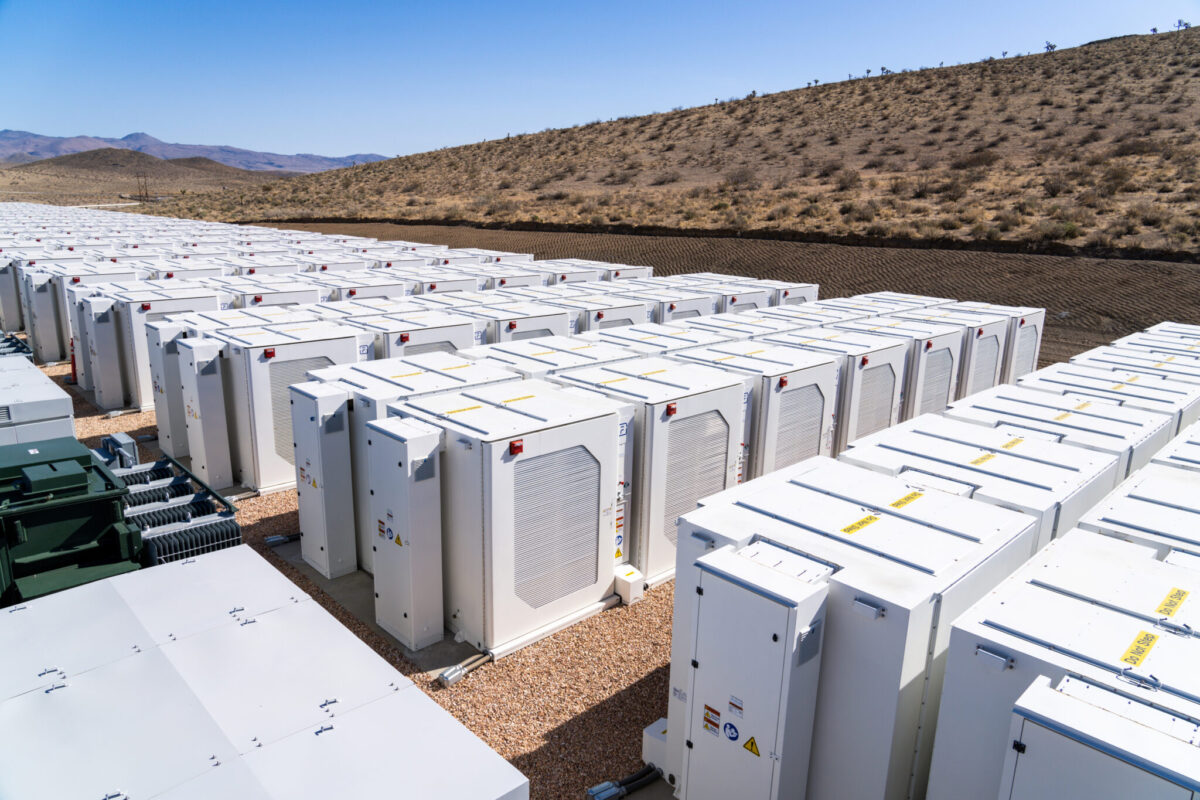According to the U.S. Energy information Administration, battery storage capacity in the country is on track to double in 2024, with developers planning to bring the total to over 30 GW by the end of the year. The vast majority of these new batteries are based on lithium-ion technology, which dominates the industry. However, lithium-ion batteries are in some ways a victim of their own success as perceptions of fire safety issues are growing along with installations.
John Zahurancik, president, Americas, of battery-maker Fluence Energy, said failures are going to happen with any equipment that has a significant installed base. The trick is to understand how and why failures happen and to make sure everybody affected knows what they are dealing with when they do.
“Some electrical transformers will fail just because you have millions and millions of units that are being shipped,” Zahurancik told pv magazine USA. “Not everything will be done perfectly, whether it’s manufacturing or installation or some random event like a lightning strike.”
Electric transformer failures have a large installed base, and while they sometimes cause explosions or fires, it doesn’t mean the technology is inherently unsafe; it means there are a lot of them out there. As a result, fire and utility crews have become experts at handling and replacing transformers when they fail.
Zahurancik said the energy storage industry is working with standards organizations, first responders and professional associations to understand the characteristics of lithium-ion grid batteries in order to make them safer and more reliable.
“There has to be intelligence on the part of suppliers to make sure battery grid storage systems stay safe and effective throughout their lifespan,” he said. “There’s definitely design elements to managing safety and thermal events.”
Major suppliers such as Fluence have battery management systems incorporated into their grid storage projects. However, this is just a start, Zahurancik said, adding that to ensure operational safety:
- Companies need to have emergency response plans incorporated into every into every battery project;
- The projects themselves should be structured as multiple smaller battery storage units in order to reduce the spread of fires and make them easier to contain; and
- They should provide training to first responders at local fire departments where projects are to be deployed.
According to Zahurancik, expertise needs to flow readily between supplies, contractors, operators and first responders to prevent thermal events from making the news and warping public perceptions of lithium-ion battery safety. The company has representatives in fire safety standard bodies, such as the [National Fire Protection Association] NFPA 855 technical committee on energy storage installation.
“When things don’t go well, we have to talk about that in the spirit of, hey, everybody shouldn’t have to learn this lesson on their own,” he said. “We’re part of the American Clean Power Association and, one of its big pushes is to collect some of this information and propagate the best safety approach.”
Sometimes the best way to prevent fires is to start them and study the results. In May, Sungrow conducted a burn test of a 10 MWh installation to demonstrate the ability of its PowerTitan battery energy storage system to manage a thermal event without having it spread to other cabinets or require invention by emergency crews. The test was livestreamed to stakeholders and fire consultants.
“Too often, renewable energy skeptics raise fire safety concerns, even though batteries are overwhelmingly safe,” said manager of energy storage engineering at Sungrow Americas, in a statement after the test. “These criticisms slow the adoption of such technologies.”
Author: MICHAEL PUTTRÉ
This content is protected by copyright and may not be reused. If you want to cooperate with us and would like to reuse some of our content, please contact: editors@pv-magazine.com.








By submitting this form you agree to pv magazine using your data for the purposes of publishing your comment.
Your personal data will only be disclosed or otherwise transmitted to third parties for the purposes of spam filtering or if this is necessary for technical maintenance of the website. Any other transfer to third parties will not take place unless this is justified on the basis of applicable data protection regulations or if pv magazine is legally obliged to do so.
You may revoke this consent at any time with effect for the future, in which case your personal data will be deleted immediately. Otherwise, your data will be deleted if pv magazine has processed your request or the purpose of data storage is fulfilled.
Further information on data privacy can be found in our Data Protection Policy.